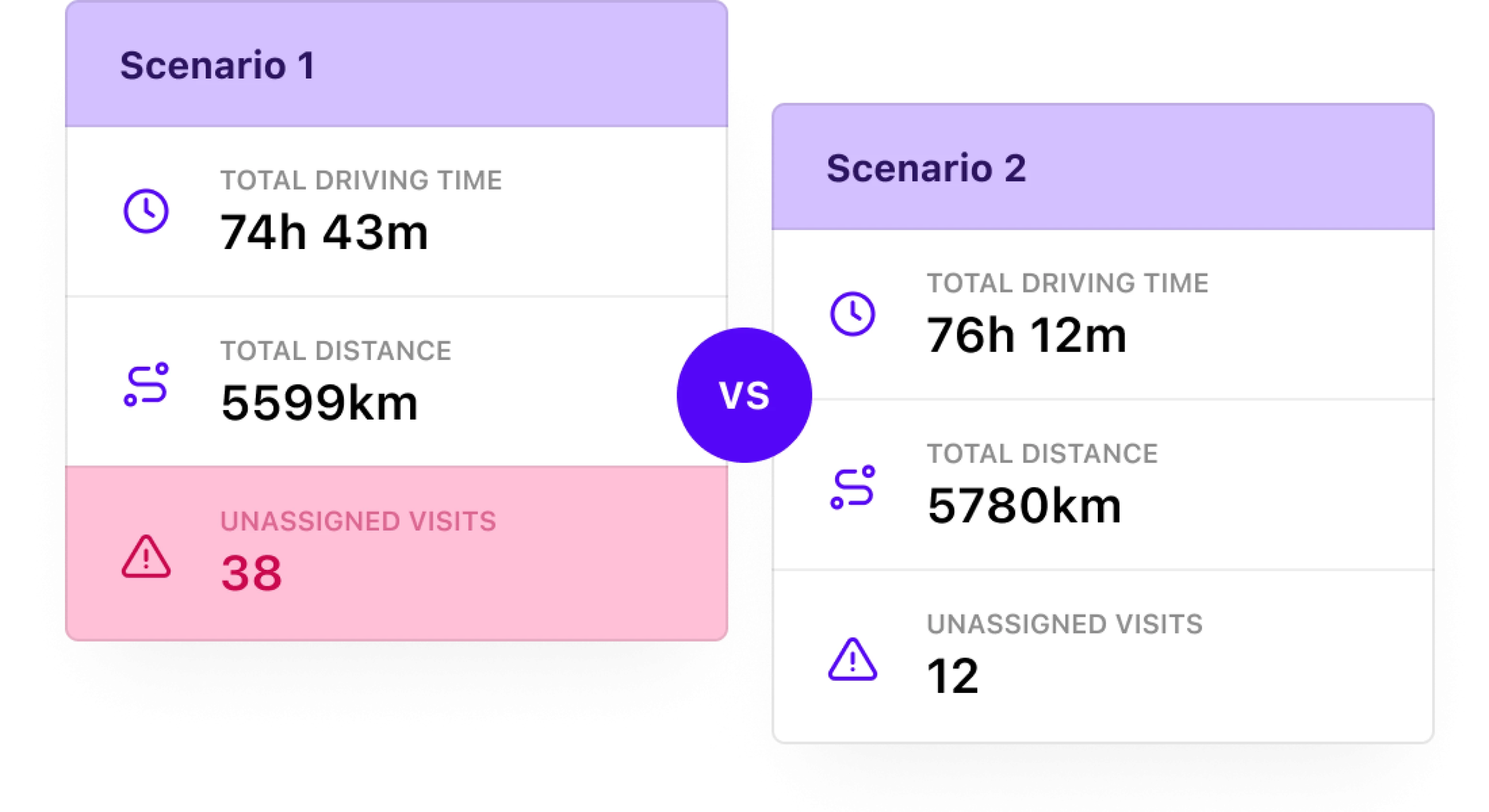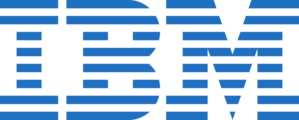Scheduling shifts for large workforce operations
Retail chains, hospitals, and logistics companies need to schedule thousands of shifts weekly while ensuring:
- Coverage across multiple locations
- Compliance with labor laws (overtime limits, mandatory breaks)
- Employee preferences and skills
- Cost efficiency and minimal disruption
Planners use spreadsheets or basic scheduling tools, constantly adjusting for last-minute changes, leading to inefficiencies, overtime, and compliance risks.



